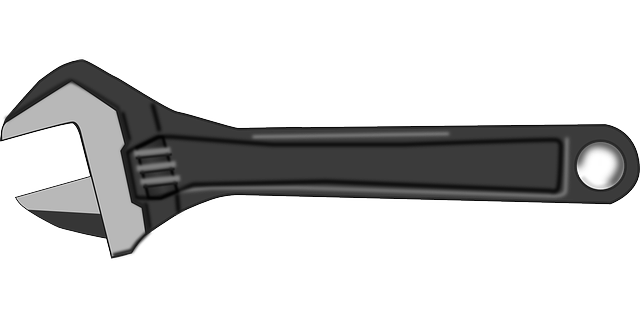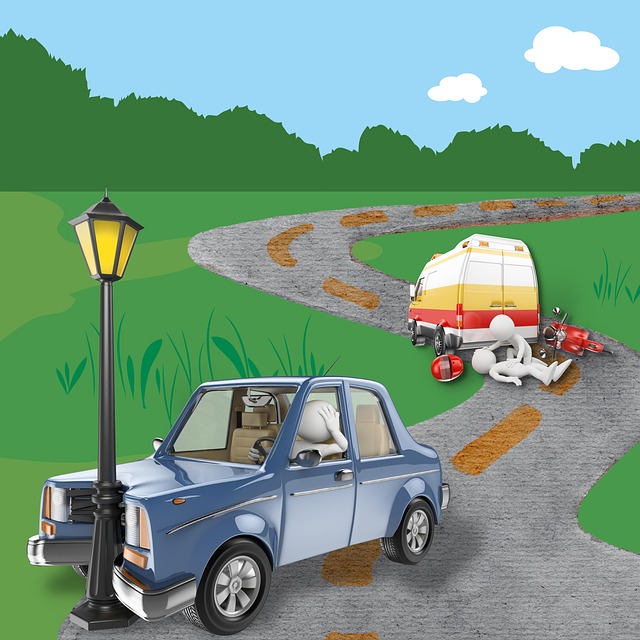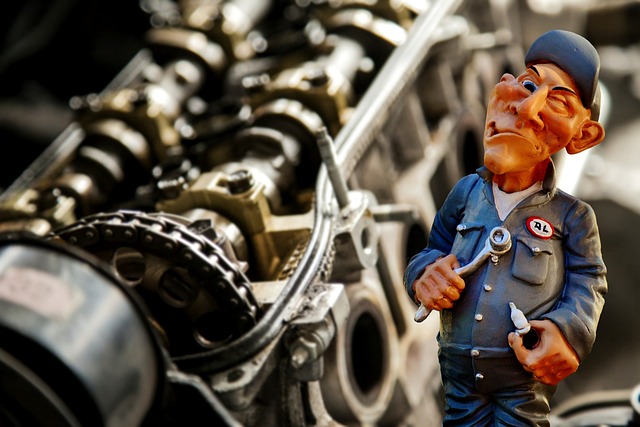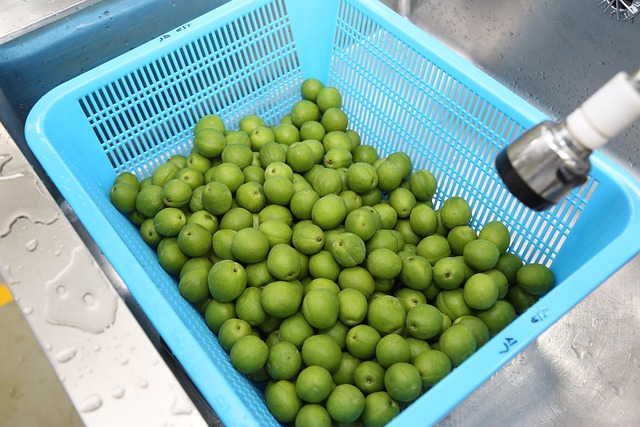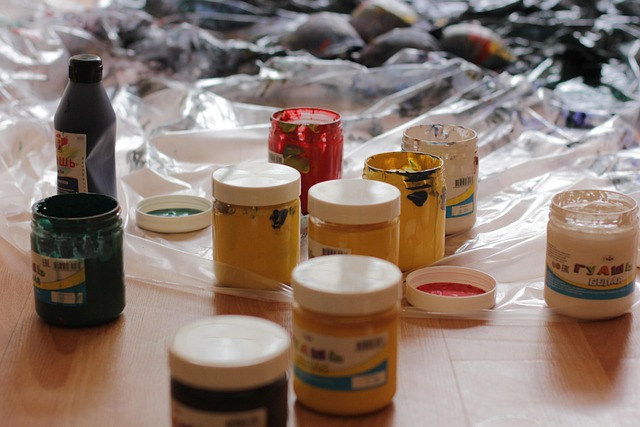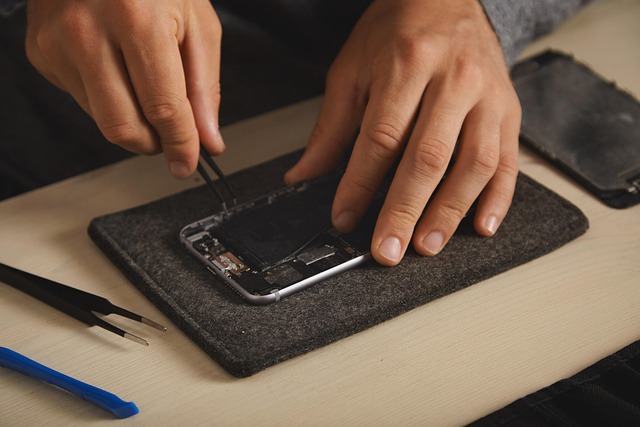Plastic welding technology is a specialized process crucial for joining or fusing diverse plastic materials across multiple industries. Unlike metal welding, it employs unique techniques due to plastics' non-metallic nature to create strong, durable bonds between various components. Essential in collision repair for maintaining original vehicle appearance, its applications also extend to manufacturing, electronics, and medical device repair. Key tools include heat guns, welders, and plastic welding rods, with safety gear like gloves, goggles, and respirators recommended. Understanding different plastic types and melting properties is vital for successful projects from auto repair to custom designs. Techniques vary, such as hot plate, ultrasonic, and laser welding, each offering unique advantages for specific material types and joint designs.
“Unleash your inner welder and explore the fascinating realm of plastic welding technology! This comprehensive beginner’s guide is designed to demystify the process, empowering you with the knowledge to embark on your welding journey. From understanding the fundamentals to mastering techniques, we’ll navigate through the basics, tools, and materials essential for success. By the end, you’ll be equipped to apply plastic welding in various projects, making it a valuable skill in today’s innovative landscape.”
- Understanding Plastic Welding Technology: The Basics
- Getting Started with Tools and Materials for Plastic Welding
- Techniques and Applications of Plastic Welding: A Step-by-Step Guide
Understanding Plastic Welding Technology: The Basics
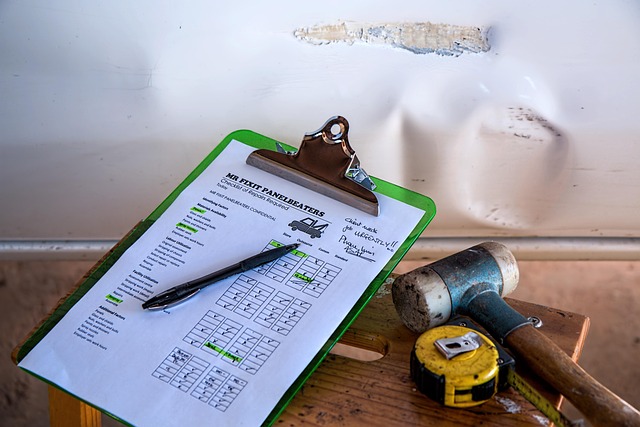
Plastic welding technology is a specialized process designed to join or fuse various types of plastic materials, an essential skill in numerous industries. Unlike traditional metal welding, it involves unique techniques due to the distinct properties of plastics, which are generally non-metallic and often amorphous. The primary goal is to create strong, durable bonds between different plastic components, ensuring structural integrity for a wide range of applications.
In the context of collision repair shops or auto repair shops, plastic welding technology plays a significant role in vehicle body repair. Many modern vehicles have intricate plastic parts, from fenders and bumpers to interior components. Proficiency in plastic welding ensures that these parts can be effectively repaired, restored, and even replaced, maintaining the vehicle’s original appearance and performance. This technology is not just limited to cars; it finds applications in manufacturing, electronics, and even medical device repair, making it a versatile and valuable skill for professionals in various sectors.
Getting Started with Tools and Materials for Plastic Welding

Dive into the world of plastic welding technology with a solid foundation in tools and materials. To begin your journey in this exciting realm, gather essential items like heat guns, welders, and various types of plastic welding rods. Heat guns are versatile tools used for heating plastics to their melting point, while welders provide concentrated heat for precise fusion. When selecting materials, consider high-quality plastic welding rods designed for specific applications, such as automotive repairs or auto detailing.
Additionally, stock up on safety gear including gloves, goggles, and respirators to protect against harmful fumes during the welding process. Remember that proficiency in plastic welding technology extends beyond tools; knowledge of different plastic types is crucial. Whether you’re aiming to master auto collision repair or enhance your skills in auto detailing, understanding how various plastics melt and fuse differently will ensure successful outcomes for projects ranging from paintless dent repair to intricate custom designs.
Techniques and Applications of Plastic Welding: A Step-by-Step Guide
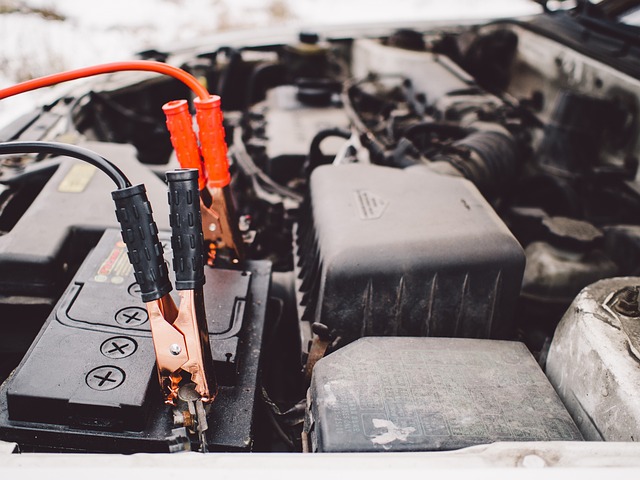
Plastic welding technology is a versatile process that offers precise joining of plastic materials across various industries. From manufacturing to automotive and even in everyday items like packaging, understanding the techniques and applications is key. This step-by-step guide will help beginners grasp the fundamentals of plastic welding, enabling them to explore its vast potential.
The process involves heating plastics to their melting point, creating a molten state where they can be fused together. Different techniques like hot plate welding, ultrasonic welding, and laser welding cater to specific material types and joint designs. In automotive repair, for instance, hot plate welding is commonly used due to its ability to handle various thermoplastics quickly. Conversely, delicate operations in body shop services might prefer ultrasonic welding, offering precise and strong bonds without melting the surrounding material. Each method has its advantages, making plastic welding a game-changer in vehicle repair services and beyond.
Plastic welding technology is a versatile skill that opens doors to countless applications across industries. By mastering the basics, understanding the right tools and materials, and exploring various techniques, beginners can embark on a journey to create strong, durable bonds. This guide has provided a solid foundation for those eager to dive into the world of plastic welding, empowering them to achieve professional-quality results in their own projects.
